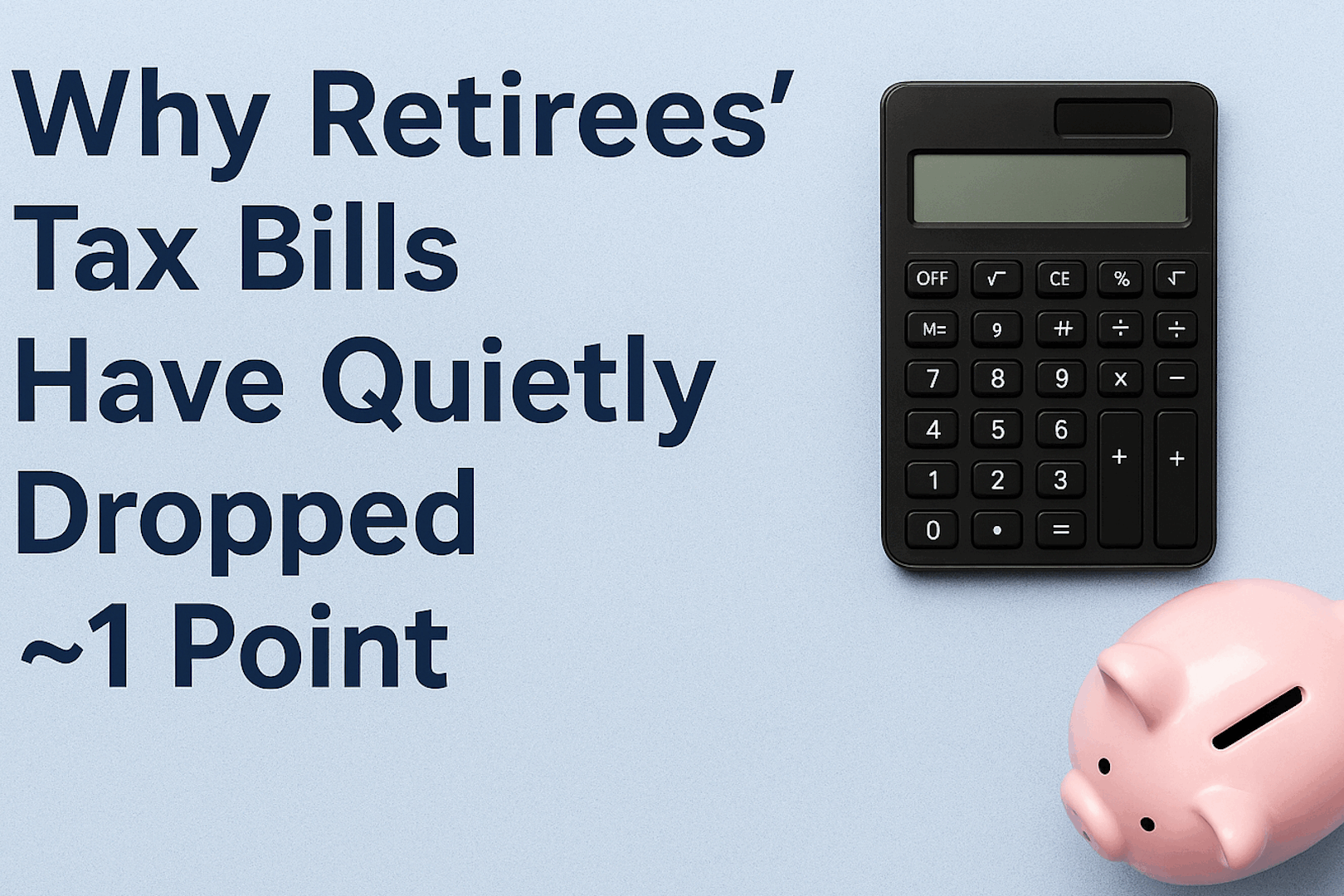Tax season always brings a flurry of forms and filings, but if you’re a self-directed IRA investor, there’s more to consider than just your W-2s. Beyond reporting your income, you are also responsible for ensuring your retirement account is in good standing with the IRS—including submitting an accurate Fair Market Value (FMV) for your SDIRA.
While your custodian plays a key role, it’s ultimately up to you to make sure all the necessary documentation is in order. Staying on top of your SDIRA reporting requirements helps protect your investments and keeps your account compliant, so you can focus on growing your wealth for the future.
Here are some helpful tips to make sure you meet self-directed IRA filing expectations and requirements.

IRA Custodian Responsibilities:
The primary responsibility of the custodian is to accept the cash contributions provided by the employer on behalf of the investor. Additionally, the custodian is there to accept rollover investments from any other IRAs that the participant has invested in the past.
During tax season, your custodian also has filing responsibilities, which may include:
Form 5498
This is the primary form that custodians are required to file on behalf of IRA owners. Form 5498 includes any individual retirement account, including “deemed IRAs” under section 408(q), and lists all contributions made to the account during that year.
Form 1099-R
If you take distribution from your self-directed IRA, whether it’s an early withdrawal or a required minimum distribution (RMD), your custodian must file Form 1099-R with the IRS. This form details the amount distributed and the reason for the distribution, which determines whether taxes or penalties apply.
Owner Actions and Responsibilities
Fair Market Value (FMV) Reporting
Each year, you must report your IRA holdings’ fair market value. For traditional assets, like publicly traded stocks, this value is easy to obtain. But with alternative assets like real estate or private placements, you must work with a qualified third-party appraiser or valuation expert. Your custodian uses this information to file Form 5498 correctly, so submitting an updated FMV by the custodian’s deadline (often January) is essential to remain compliant.
Additional Tax Forms
For the most part, tax forms are handled by your custodian, but you may still be responsible for the following forms:
- Form 1065: If your IRA LLC is a partnership, you will be required to file Form 1065. You will need to use Schedule K-1 to determine each partner’s share of the business, and then that information is used to fill out Form 1065.
Single Member LLC vs. Multi-Member LLC
Single-member and multi-member LLCs are treated differently for tax purposes, which can impact how retirement contributions and reporting are handled.
Single-member LLCs are typically taxed as sole proprietorships (disregarded entities), meaning there’s no separate business-level tax return required. The owner can set up a SIMPLE IRA independently and report income directly on their personal tax return.
Multi-member LLCs are treated as partnerships and must file Form 1065 (U.S. Return of Partnership Income) with the IRS each year. Each member receives a Schedule K-1, which shows their share of the income or losses based on ownership percentage. If a self-directed IRA owns the LLC, the Schedule K-1 is submitted to the custodian for documentation, and is not included in your personal taxes.
Understanding these distinctions is key to ensuring compliance and proper reporting for retirement contributions tied to LLC income.
Understanding UBTI/990-T
While you may think your IRA exempts any and all business income from taxation, you would be mistaken. In special cases where income is generated from a tax-exempt entity (i.e., your IRA), but is considered separate from the tax-exempt purpose of your IRA, you can be taxed.
For example, let’s say you invest in a business that leases commercial space to a retail store, and you generate passive income from that retail shop; that will trigger the UBTI tax.
Likewise, short-term real estate flipping could also trigger UBTI if done in under 12 months.
Any exempt organization that has $1,000 or more in annual gross income from an unrelated business is required to file Form 990-T with its annual tax return.
Unrelated Debt-Financed Income (UDFI)
Unrelated Debt-Financed Income, also referred to as UDFI, is generated when an IRA borrows money to invest in real estate. Any investor with UDFI must file IRS Form 990-T with their annual tax return.
Additional Forms
Depending on your account type and how it’s structured, you may need to file one or more of the following forms. Discussing your filing obligations with a tax professional and your custodian can help ensure compliance.
- Form 5304 SIMPLE: Form 5304 SIMPLE is used when plan participants choose a financial institution that receives part of their SIMPLE IRA plan contributions.
- Form 5305 SIMPLE: Form 5305 SIMPLE is used when you, as the business owner, choose the financial institution that receives all SIMPLE IRA plan contributions.
- Form 1040 (Deductions for SIMPLE IRA Contributions): Employees who contribute to their own retirement account must report their annual contributions on Form 1040, Schedule 1, Line 28.
- Form 1065: Form 1065 is used to report the losses, deductions, credits, and contributions in a business partnership.
- Form 1120: Form 1120 is used by C Corporations and LLCs who file as corporations.
- Form 1120-A: Form 1120-A is a short form used for a US corporation.
- Form 1120-S: Form 1120-S is the form domestic corporations use to report their gains, losses, deductions, credits, contributions, and more.
Preparing for the New Year
One of the most important parts of preparing your SIMPLE IRA program for the new year is to know about the new contribution limits. For instance, in 2025, the contribution limit for investors under 50 years of age is $16,500, while investors who are 50 or older may contribute up to $20,000.
When you know the contribution limits, you can more effectively plan your investments for the year.
One of the smartest moves you can make is to maximize your contributions early in the year, allowing your money to earn interest all throughout the year.
Additionally, the beginning of a new year allows you to roll your funds over into an SDIRA or to find a custodian who is more familiar with the alternative investment options you’re considering.
FAQs
Am I Required to File 990-T on My Tax Return?
If the total UTBI across all eligible investments totals $1,000 or more, you must file Form 990-T.
If your self-directed IRA generates $1,000 or more in gross Unrelated Business Taxable Income (UBTI) or Unrelated Debt-Financed Income (UDFI) in a given tax year, the IRA must file Form 990-T with the IRS.
Do I Need to Calculate the FMV of My IRA?
Yes. As the account holder, you’re responsible for providing the fair market value (FMV) of each asset held within your self-directed IRA. This is especially important for alternative assets like real estate, private equity, or promissory notes, which don’t have readily available market prices.
Your custodian will use the information you provide to complete IRS Form 5498 and ensure your account remains in compliance.
Does the IRS Audit Self-Directed IRAs?
Yes, the IRS audits self-directed IRAs, particularly those that hold alternative assets or involve complex transactions. Although IRAs offer tax advantages, account holders must carefully follow IRS rules related to contributions, distributions, and asset use.
Activities like improper valuations, failure to report required information, or engaging in prohibited transactions can increase the risk of an audit. Keeping detailed records and working with a qualified custodian can help you follow IRS regulations.
What Do I Need to Do if My IRA LLC Includes Other Investors?
If your IRA LLC includes other investors, such as individuals, other IRAs, or entities, it’s typically treated as a multi-member LLC and taxed as a partnership. The LLC must file Form 1065 with the IRS each year. The LLC will also issue a Schedule K-1 to each member, including your IRA, to report its share of income, gains, or losses.
Greg Herlean
Greg has personally managed over $1.4 billion in financial transactions via real estate investing and fixed and flipped over 450 homes and 2000 apartment units.
His aptitude for business has helped him to provide management direction, capital restructuring, investment research analysis, business projection analysis, and capital acquisition services.
However, these days he is mainly focused on being a professional influencer and educating investors about the benefits of using self-directed IRAs for tax-free wealth management. He is also a devout family man who enjoys spending his free time with his wife and children.
Greg Herlean’s journey started at 19 years old when he made a 2-year journey to Guayaquil, Ecuador, and volunteered to help less fortunate families. As a result, he learned many foundational lessons about faith, community, and hard work, which have helped him in his business success. Using these lessons, he was able to slowly build his wealth through real estate investing and establish Horizon Trust in 2011.
Related Posts
October 14, 2025
7 Tips for Making Money Through Airbnb Investment Properties
Airbnb properties make solid assets for your portfolio and over time, real…
October 6, 2025
How Does a Self-Directed IRA Work? A Complete Guide
A self-directed IRA is an investment account overseen by you. Here's a simple…



